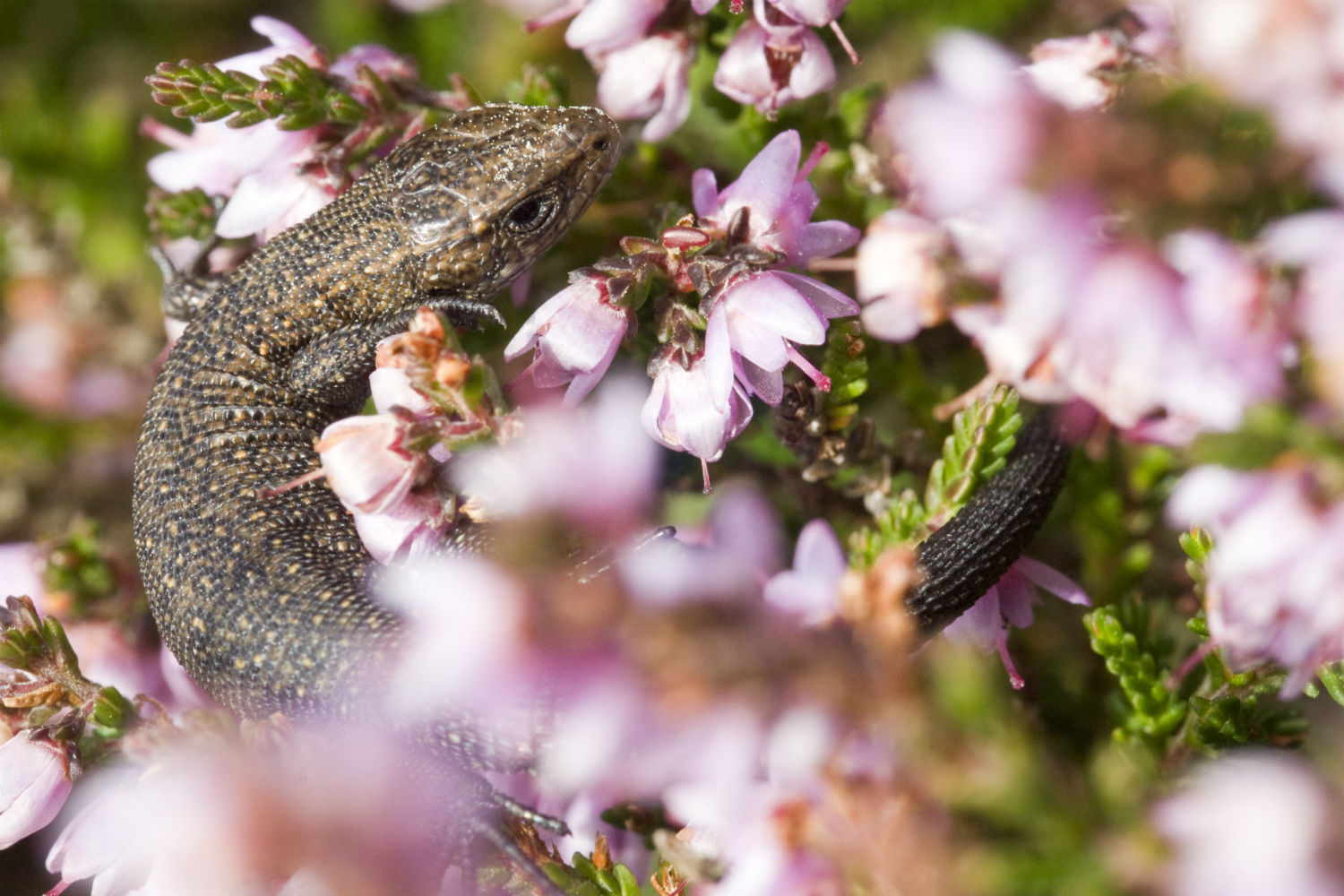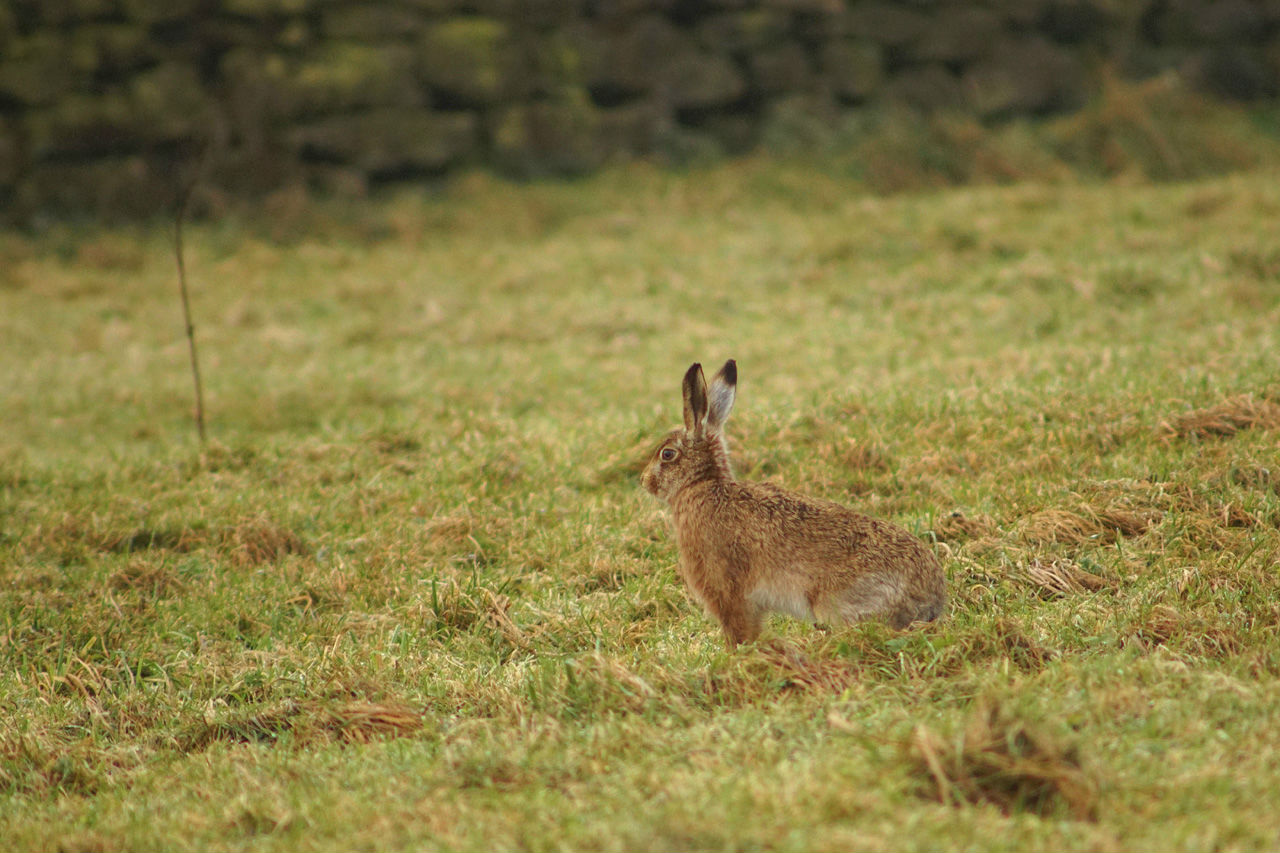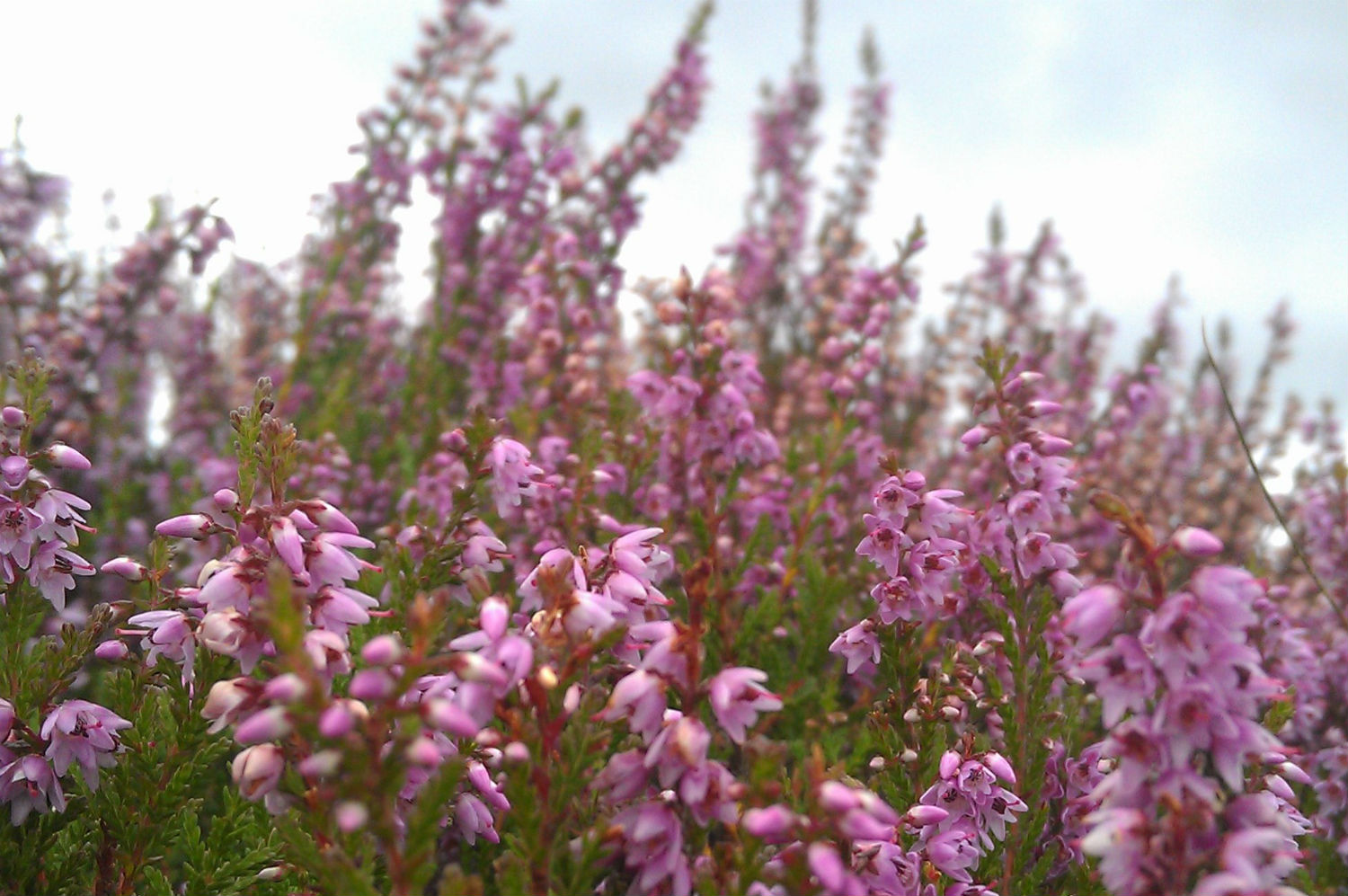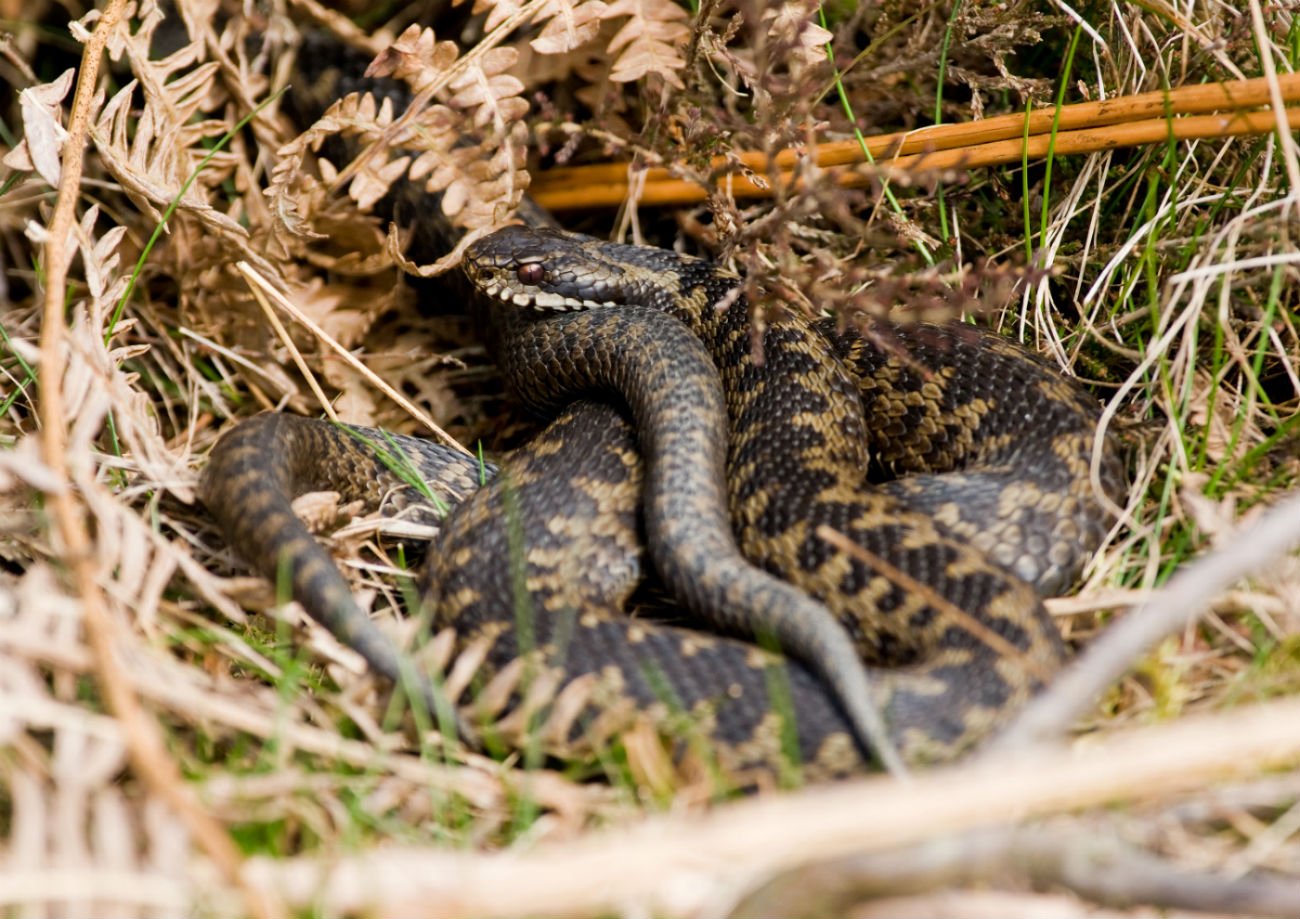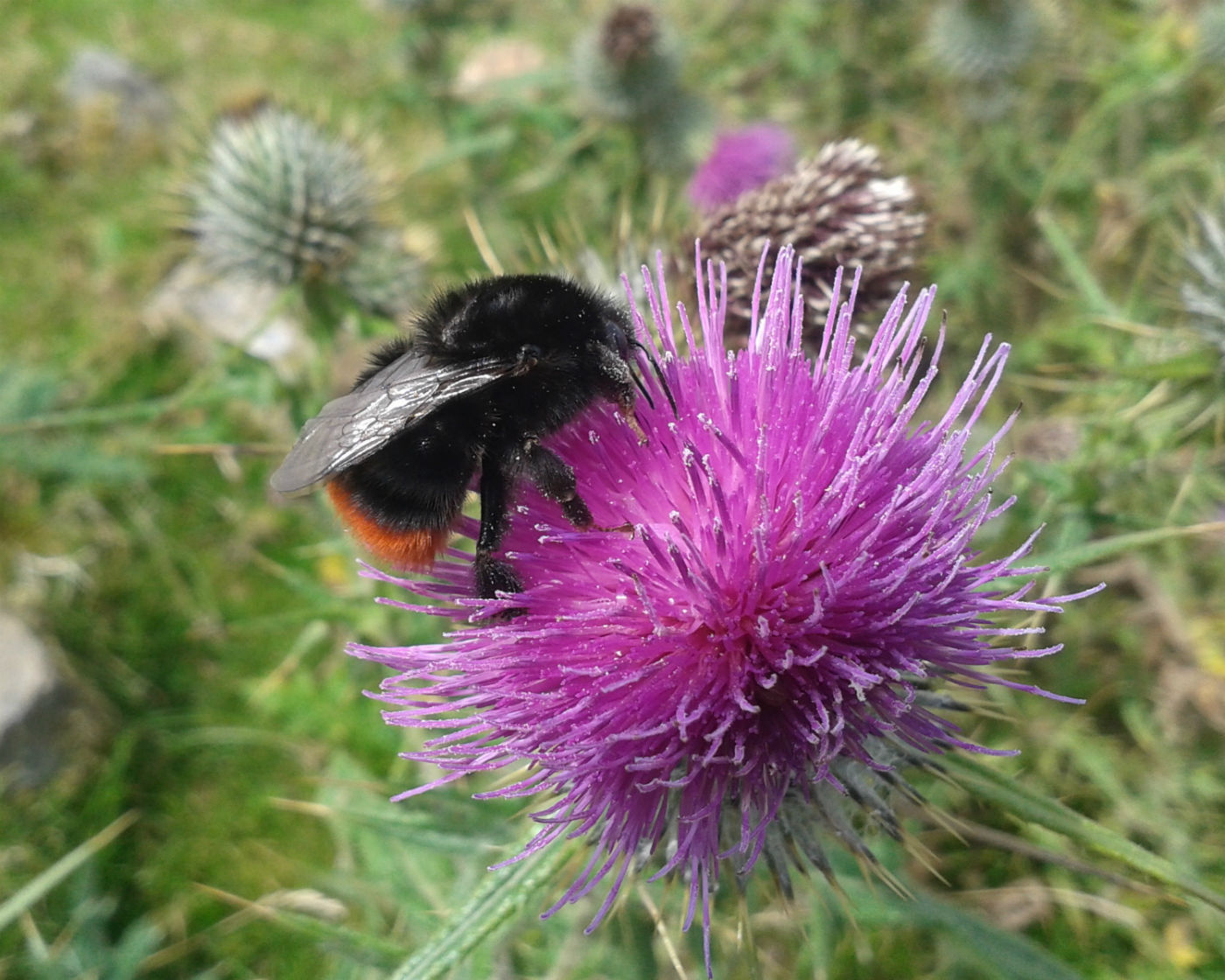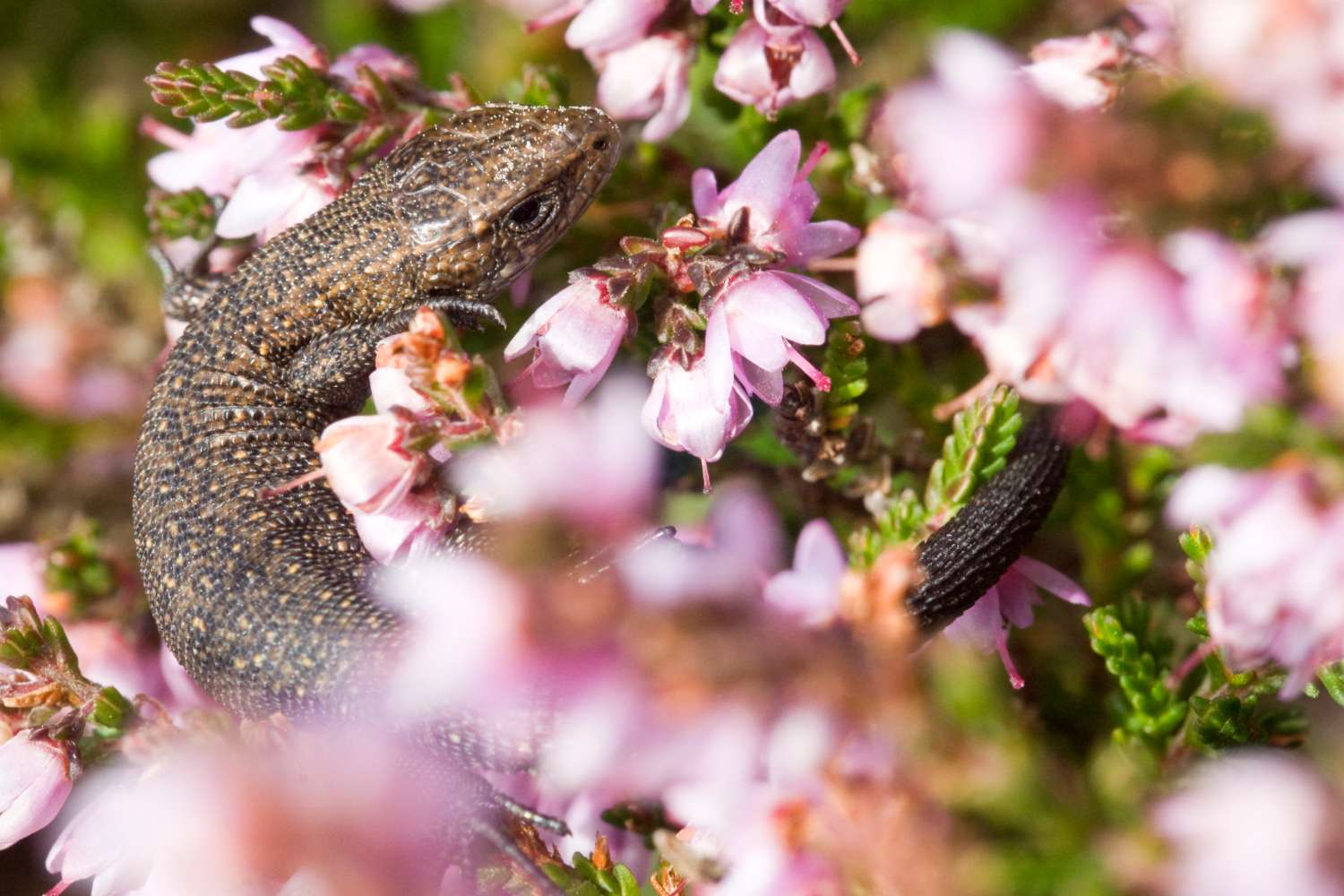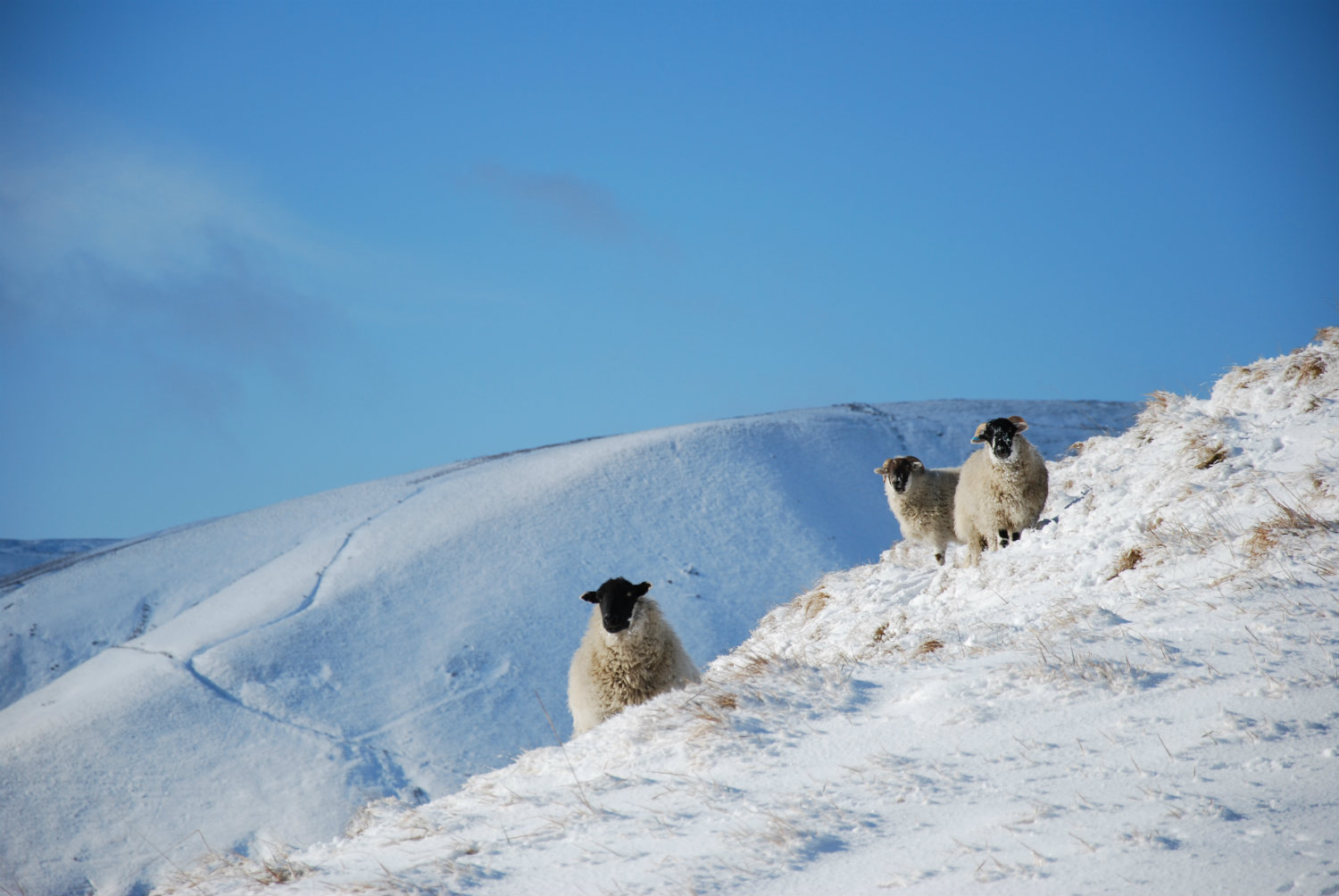Special plants and animals to look out for on your moorland visit
Our work benefits a range of the Peak District and South Pennine moors’ special mammals, birds, reptiles, invertebrates and plants. Download our Explore Moor APP onto your smartphone to help you spot them on your next visit.
Furry friends
The Peak District is the only place in England where you can see the mountain hare, which takes on white camouflage in winter. The ones you see today in the Peak District were introduced in the late 19th century. Visit the Dark Peak for your best chance of spotting one.
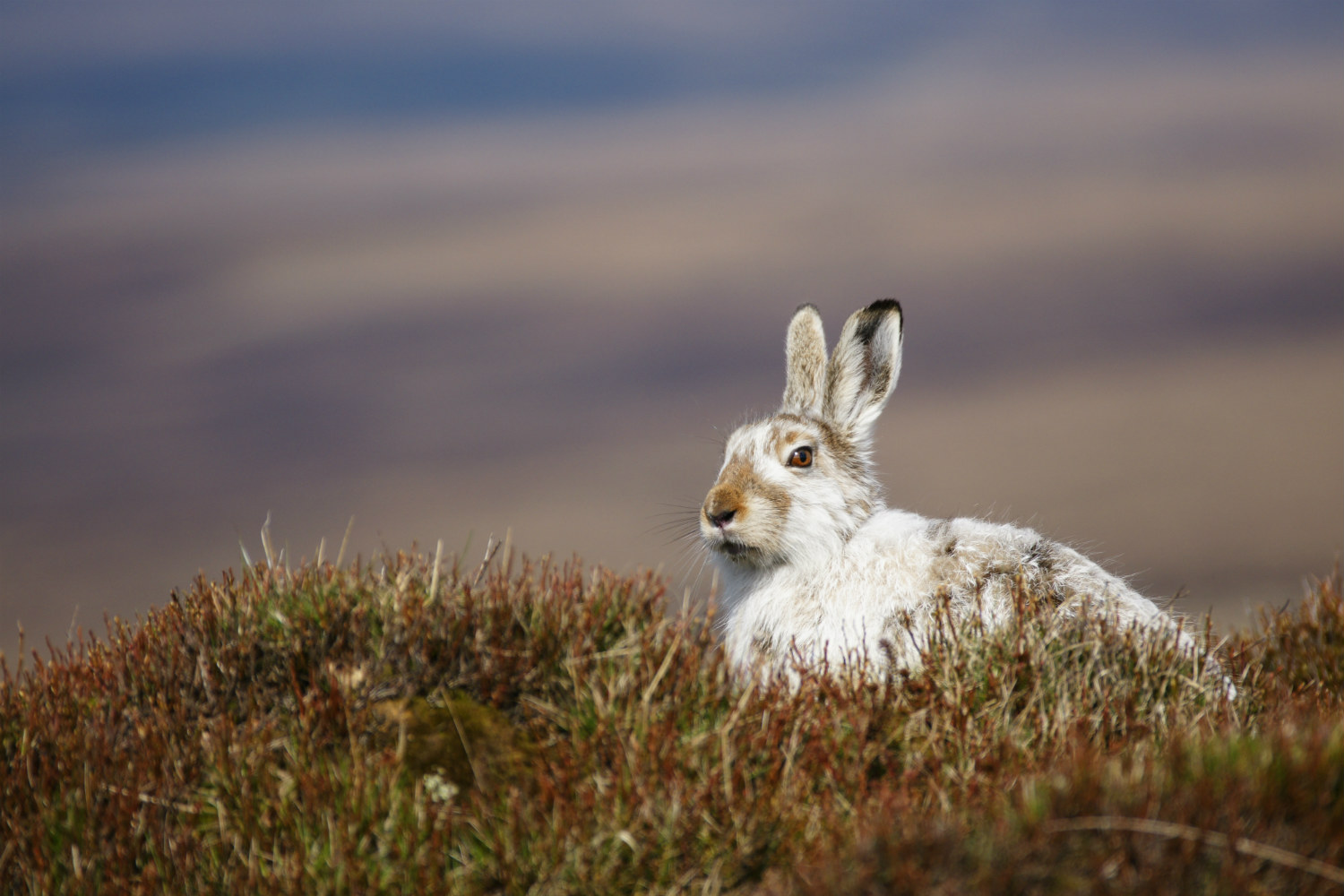
Look to the skies
There were almost 500 records of ring ouzel submitted by volunteers in 2017 but this upland cousin of the blackbird is becoming scarce. They need a mosaic of grazed vegetation among rocks to successfully rear their young.
The twite is a really special sight because it is endangered making the ‘Twite Triangle’ in the South Pennines of worldwide importance.
Other special birds of the moorlands are the waders. You can spot large flocks of golden plover searching for food high on the moors in winter. The curlew has a long, down-curved beak and distinctive, burbling call. Many moorland birds nest on the ground so take care not to disturb any birds during the breeding season, but especially the curlew which may dive-bomb you if you get too close.
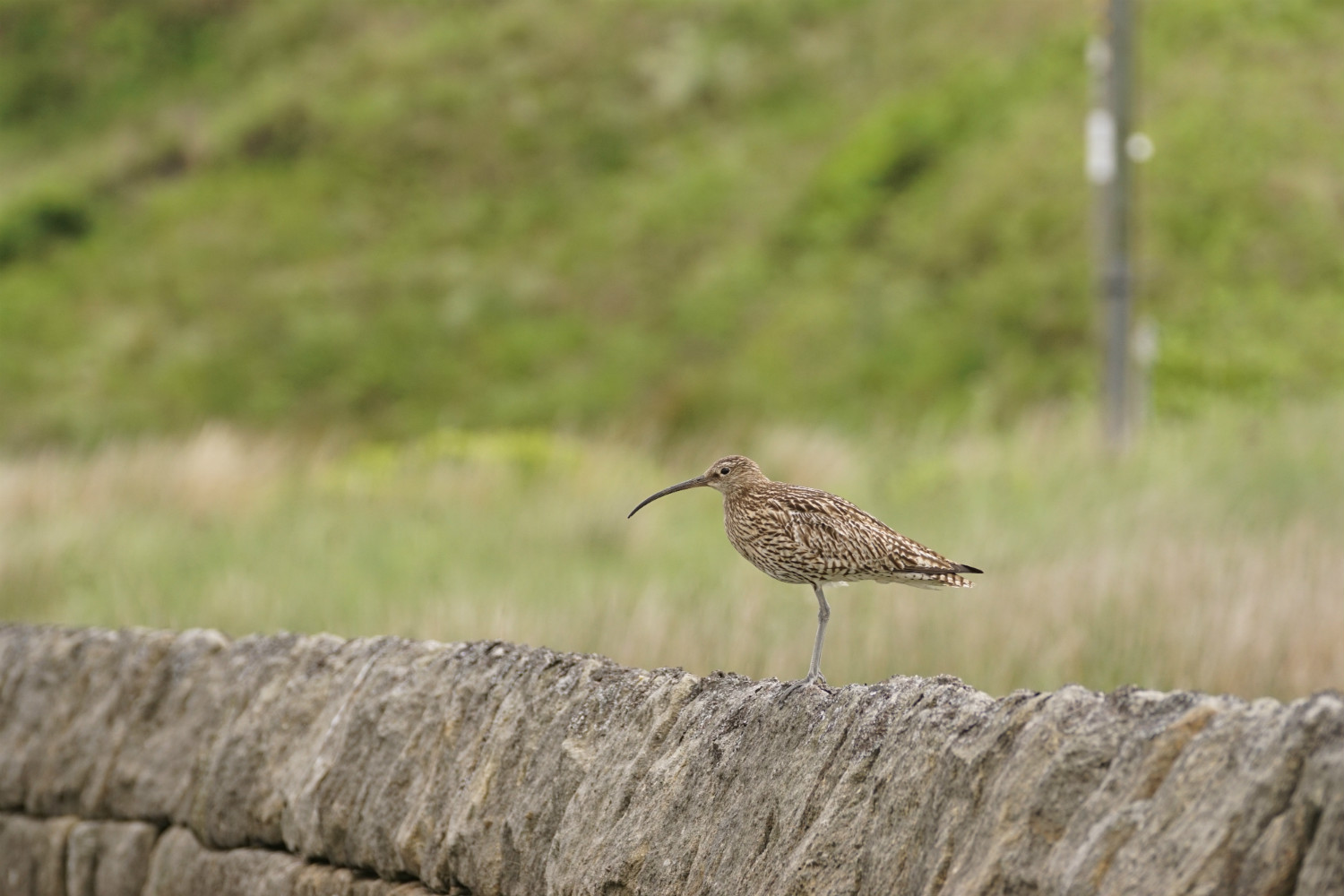
Curlews in the Peak District
This curlew was filmed near one of our Community Science environmental monitoring sites. Notice the worm hanging from its bill – showing how important wet soils are for this wader. A second bird (or was it the same individual?) also took flight right in view of the camera.
Growing in the bog
Blanket bog is a special habitat of the upland moors. Our apps can help you name some of the characteristic blanket bog plants. There are two types of cotton grass (they are really sedges). They produce distinctive cotton-like tufted seed heads in spring and summer. Sphagnum moss has become scarce in the Peak District and South Pennine moors. But it’s a peat-building plant so seeing some may indicate that the moorland you are in is recovering. Sphagnum is often associated with other moorland plants such as cranberry, bog rosemary and the tiny sundew which feeds on insects.
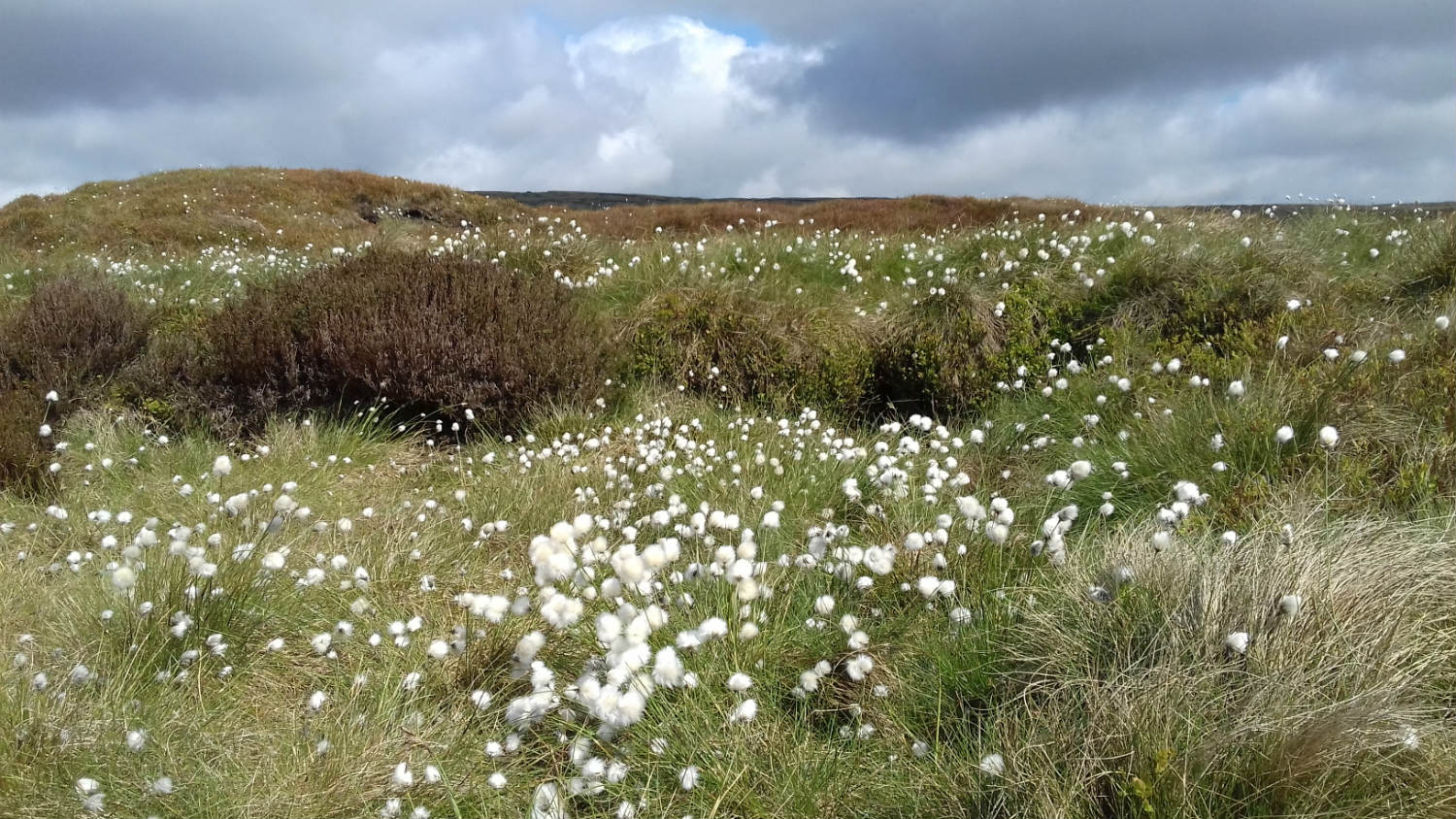
Small and fast
The black darter is a small dragonfly that lives where there is sphagnum moss, so it is another indicator of improving moorland habitat. If it darts away before you get a chance for a proper look, stay very still and it will return to the same perch.
The eye-catching common hawker dragonfly (pictured below) can be seen near moorland pools.
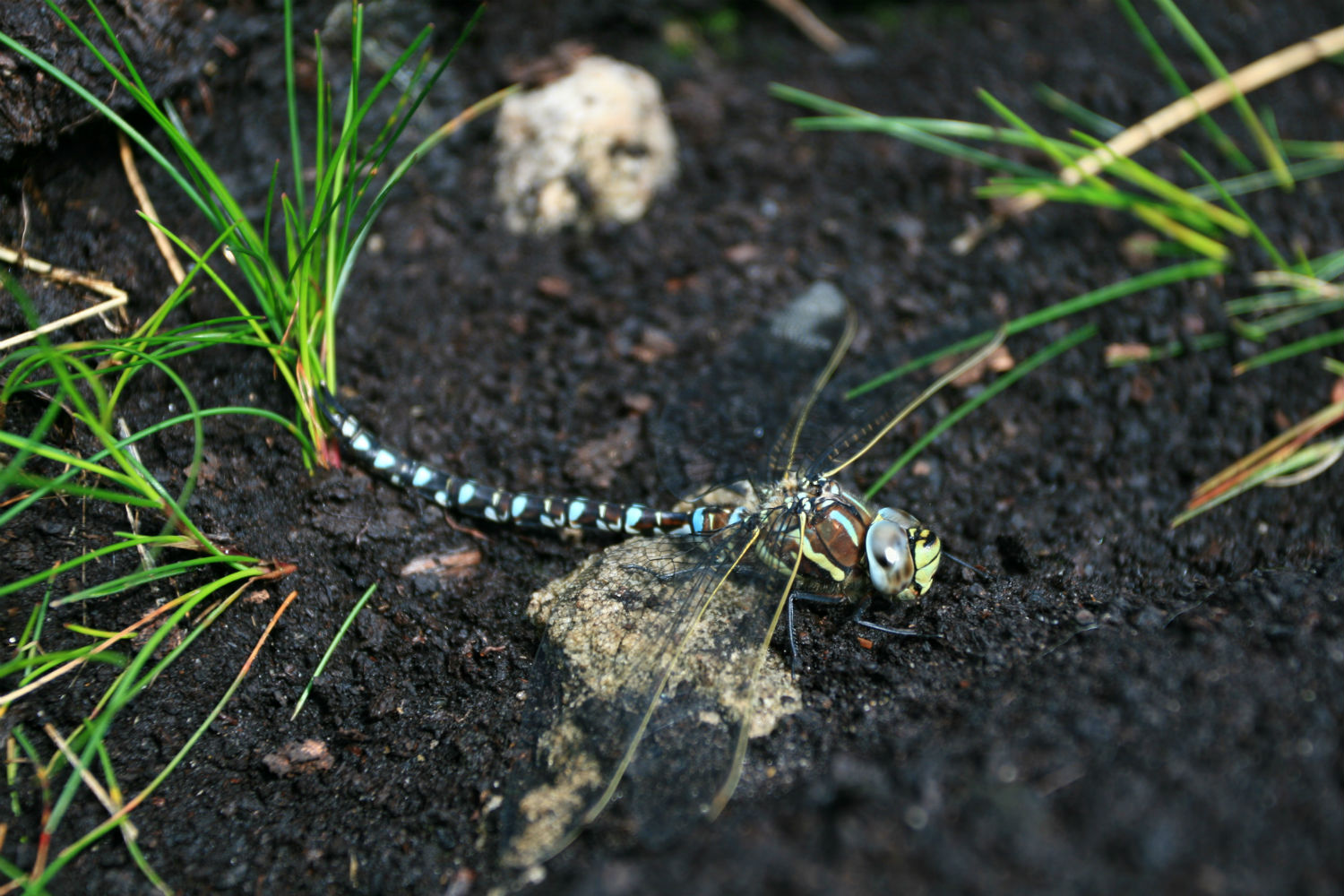
Catching the sun
On warm days, you may see a lizard moving through the vegetation or sunning itself on a rock. You’ll have to look hard because they are small and quick-moving. You might be lucky enough to see an adder catching the sun, too. Don’t go too close, though, or you’ll frighten it off. The chances are that by the time you approach it will have slid silently away without you ever knowing it was there.
